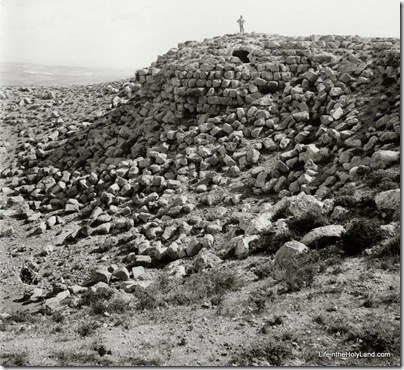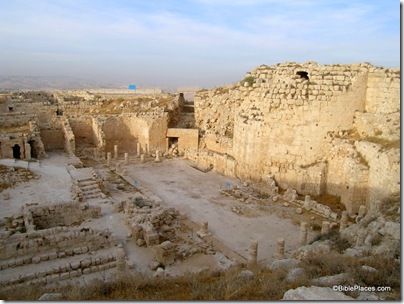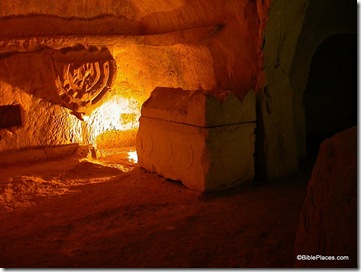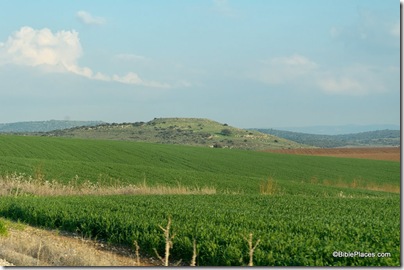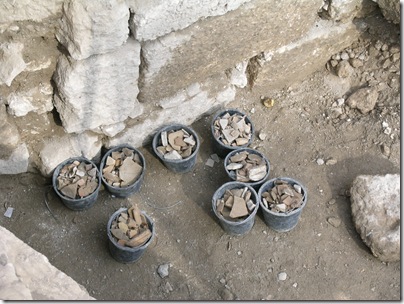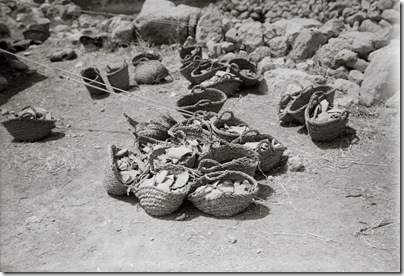There was a notice yesterday in ANE-2 of two conferences related to Egypt in Toronto next weekend. You can read more about the Scholarly Colloquium on Ancient Egypt (Nov 6, 8) here.
The Egypt and the Bible symposium falls on the middle day between the colloquium and, while not free like the other, has a number of interesting lectures. I heard Hoffmeier give the same lecture as listed below last month and it was very good. I imagine that most of the others are as well.
EGYPT AND THE BIBLE
Saturday, November 7th, 9:00 a.m. – 5:00 p.m.
Location: University of Toronto campus, 5 Bancroft Ave., Room 1050
Advance online registration: Public $90.00, Member $80.00, Student $40.00, SSEA Members $80.00
——————————————-
Of plots, women and lawgivers: Egypt as pictured in Genesis & Exodus Prof. Donald B. Redford, Pennsylvania State University
Abraham in Egypt Prof. John Gee, Brigham Young University
Exodus Geography and Location of the Re(e)d in the Light of Recent Archaeological and Geological Work in North Sinai
Prof. James K. Hoffmeier, Trinity International University
The Campaign of Pharaoh Sheshonq, the Bible’s `Shishak’, to the Levant, ca. 920 B.C: Myth, Legend, or Something you can put your (hand-)pick into?
Prof. John S. Holladay, Emeritus University of Toronto
The Rescue of Jerusalem: The Alliance between Hebrews and Kushites
Henry T. Aubin, author of The Rescue of Jerusalem
Two Hymns as Praise: Poems, Royal Ideology, and History in Ancient Israel and Ancient
Egypt: A Comparative Reflection Prof. Susan T. Hollis, Empire State College – State University of New York
Egypt and the Infant Jesus Dr. F. Terry Miosi
